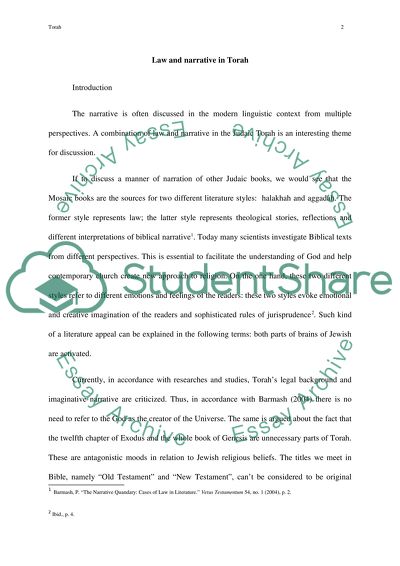Cite this document
(“What is the relationship between law and narrative within the final Essay”, n.d.)
What is the relationship between law and narrative within the final Essay. Retrieved from https://studentshare.org/religion-and-theology/1583485-what-is-the-relationship-between-law-and-narrative-within-the-final-form-of-the-torahpentateuch
What is the relationship between law and narrative within the final Essay. Retrieved from https://studentshare.org/religion-and-theology/1583485-what-is-the-relationship-between-law-and-narrative-within-the-final-form-of-the-torahpentateuch
(What Is the Relationship Between Law and Narrative Within the Final Essay)
What Is the Relationship Between Law and Narrative Within the Final Essay. https://studentshare.org/religion-and-theology/1583485-what-is-the-relationship-between-law-and-narrative-within-the-final-form-of-the-torahpentateuch.
What Is the Relationship Between Law and Narrative Within the Final Essay. https://studentshare.org/religion-and-theology/1583485-what-is-the-relationship-between-law-and-narrative-within-the-final-form-of-the-torahpentateuch.
“What Is the Relationship Between Law and Narrative Within the Final Essay”, n.d. https://studentshare.org/religion-and-theology/1583485-what-is-the-relationship-between-law-and-narrative-within-the-final-form-of-the-torahpentateuch.


